For this article, I’ve analyzed the scientific evidence to find those pre-workout ingredients that boost your performance, help you build strength and facilitate post-workout recovery.
Unsurprisingly, most of the popular pre-workout supplements on the market, contain proprietary blends of cheap and ineffective ingredients, masked by strong stimulants that lead you to believe they are effective.
My key takeaway is that a few ingredients in pre-workout supplements have the potential to improve your exercise performance and endurance — especially if you’re a top-tier athlete who regularly participates in high-intensity workouts.
Below is a comprehensive list of active pre-workout ingredients that you can find in high-quality pre-workout products. While some manufacturers add other ingredients to their pre-workout drink products, I don’t consider those ingredients effective based on the scientific evidence I have seen.
Before we dive into the details, let me say that most pre-workout ingredients make you feel better by improving your mental focus and increasing your blood flow (sometimes to the point of giving you a tingling sensation under your skin). While these are noticeable side effects, they do not necessarily translate into performance gains.
Who Benefits From Pre-Workout Supplements?
If you push your body to its limits, certain pre-workout ingredients can give you an edge by helping you perform better during the workout and recover more quickly afterward.
It doesn’t matter if you just started a workout routine or if you’re a veteran athlete. All that matters is the intensity of the exercise.
Of course, if you go the gym twice a week to lift weights but spend most of the time chatting with your workout buddy without breaking a serious sweat, pre-workouts won’t help you much.
Evidence and Effectiveness Ratings
The level of evidence describes how robust the research behind a claimed benefit is on a scale between 1 (low) and 4 (very high).
| Evidence | Rating |
|---|---|
| ★★★★ | Robust research conducted with repeated double-blind clinical trials |
| ★★★☆ | Multiple studies where at least two are double-blind and placebo-controlled |
| ★★☆☆ | Single double-blind study or multiple cohort studies |
| ★☆☆☆ | Uncontrolled or observational studies only |
The magnitude of effect describes how strong the observed effect or impact of a claimed benefit is on a scale of 1 (low) to 3 (high).
| Effect | Rating |
|---|---|
| ★★★ | High |
| ★★☆ | Moderate |
| ★☆☆ | Low |
Essential Pre-Workout Ingredients
Most studies of common pre-workout ingredients only demonstrate minor to modest exercise performance improvements. The most promising ingredients are:
- Caffeine
- Creatine
- Beta alanine (and other amino acids)
While these compounds may only result in a modest performance boost, they may give serious athletes the edge necessary to win a competition and shave a few seconds off a CrossFit workout.
Amino Acids
You probably already knew that amino acids are the building blocks of protein and essential nutrients for the human body. Essential amino acids are necessary for the body to function.
Unlike non-essential amino acids, the human body cannot make them; you have to provide them as part of your diet. (Hence their name: it’s essential that you consume them.)
Branched-Chain Amino Acids (BCAAs)
Branched-chain amino acids (BCAAs) are three amino acids (leucine, isoleucine, and valine) with similar structures that beneficially influence the muscles. You can find them in any food containing protein, such as eggs or meat (examine.com).
How BCAAs work: During a challenging workout (such as high-intensity interval training), your muscles tear. As part of the repair process, your muscles grow in strength.
BCAAs assist in the repair process and help muscle growth while reducing muscle soreness. BCAAs may also improve aerobic performance in untrained or lightly-trained individuals, and decrease mental fatigue when measured after a workout.
Considering the mixed results of scientific studies concerning BCAA supplementation, some pre-workout supplements do not contain any BCAAs at all (or only leucine, which is considered the most important of the three branched-chain amino acids).
Recommended dosage: Depending on the BCAAs content of your diet, you you may want to consider supplementation with 5 to 20 grams.
If you have a high-protein diet (1 to 1.5 grams per kg of body weight), research suggests that you don’t need to supplement with BCAAs at all. Supplements that contain all three BCAAs often feature a ratio of 2:1:1 (leucine:isoleucine: valine).
Are BCAAs safe? Considering that BCAAs are likely part of your regular diet, they are safe in regular dosages.
L-Leucine
Leucine is the primary and most beneficial BCAA. Like all BCAAs, it adds to the bitter taste of some of the supplements I have reviewed.
How leucine works: l-leucine expedites the repair process of damaged muscle tissue that results from an intensive workout. You can learn more about l-leucine here.
Recommended dosage: A popular dosage of leucine is between 2 and 5 grams.
Is leucine safe? Yes, see above.
L-Isoleucine
Isoleucine is one of the three branched-chain amino acids and appears to promote glucose consumption and uptake. Isoleucine may have roles as an anti-catabolic agent (without promoting synthesis), similar to HMB.
How Isoleucine works: L-isoleucine reduces muscle breakdown (catabolism) and damage. Unfortunately, isoleucine has not been studied extensively as a standalone ingredient.
Recommended dosage: A standard dose of isoleucine is 48 to 72 mg per kg of body weight, assuming a non-obese person.
L-Valine
Valine is another one of the three branched-chain amino acids, although infrequently tested in isolation and possibly the least important BCAA for body composition. It does not appear to have any known unique benefits associated with it.
How valine works: Valine does not have to have any significant benefits for strength, fat loss or athletic performance.
L-Citrulline
L-citrulline is a naturally-occurring amino acid. It is found in some foods like watermelons, and is also produced naturally by the body. (examine.com)
How citrulline works: Citrulline removes waste from the body (e.g., lactic acid build-up) and thus reduces muscle soreness. It also improves blood flow, increases nitric oxide production, and reduces fatigue.
Additionally, citrulline increases plasma levels of arginine, and may even be more effective in doing that than direct arginine consumption. Some people utilize citrulline malate, which is exactly the same as citrulline except for the addition of malic acid, which may increase blood flow to damaged muscles.
Recommended dosage: To increase exercise performance, take 6 to 8 grams of l-citrulline or l-citrulline malate approximately 60 minutes before your workout.
Is citrulline safe? Citrulline is generally safe, but can interact with other medication, such as erectile dysfunction (ED) drugs and nitrates, and can cause a drop in blood pressure.
L-Arginine

L-arginine is a conditionally essential amino acid. It is a dietary supplement used mostly by athletes because it is the amino acid that directly produces nitric oxide (NO) via the nitric oxide synthase enzymes. (examine.com)
How arginine works: When l-arginine is taken up into the endothelial cells, it undergoes a biochemical reaction to produce nitric oxide (NO).
NO is a molecule that triggers the dilation of blood vessels, thus reducing blood pressure, delivering more blood into muscle tissues, and resulting in the well-known “pump.” Additionally, arginine may improve anaerobic performance.
Recommended dosage: 3 to 6 grams.
Is arginine safe? Arginine is safe to use, but in high doses (more than 10 grams) it can upset the stomach and cause diarrhea.
L-Carnitine
L-carnitine is involved in energy metabolism and mitochondrial protection. It is made in the body, but can also be consumed through food. (examine.com)
How it works: L-carnitine burns fat to boost energy levels in the body, but only if you suffer from a deficiency. It can also reduce the damage to muscle tissue during exercise and increase insulin sensitivity.
Recommended dosage: The standard dose for carnitine is between 0.5 and 2 grams.
Is carnitine safe? Yes, carnitine is safe to consume.
D-Aspartic Acid
D-aspartic acid (D-AA) is an amino acid regulator of testosterone synthesis and may act on a stimulatory receptor (NMDA). (examine.com)
How it works: Studies have shown that D-AA supplements can temporarily increase testosterone levels in healthy men.
Recommended dosage: The standard dose for aspartic acid is between 2 and 3 grams.
Is aspartic acid safe? Yes, aspartic acid is safe, even when taken over long periods.
L-Tyrosine
L-tyrosine is an amino acid that is used to produce noradrenaline and dopamine. (examine.com)
How it works: Studies have shown that supplementing with l-tyrosine can improve cognitive function and reduce stress during high-stress situations. For your body, intensive exercise can act as an acute stressor that tends to deplete noradrenaline.
Recommended dosage: Take 0.5 to 2 grams of Tyrosine 30 to 60 minutes before exercise.
Is tyrosine safe? Tyrosine has some theoretical interactions with other drugs that look like amino acids.
Beta-Alanine
Beta-Alanine is the building block of carnosine, a molecule that helps buffer acid in muscles. (examine.com)
How it works: By buffering acid in muscles, beta-alanine can increase physical performance and muscular endurance in the 60 to 240-second range. Beta-alanine also has a mildly positive effect on anaerobic running capacity and endurance.
Additionally, it can aid in gaining lean muscle mass (thus increasing strength), and it’s an antioxidant and anti-aging compound.
Beta-alanine is one of the ingredients that causes the tingling sensation (pins and needles) under your skin after taking a pre-workout supplement.
The tingling is just a sign of increased blood flow in the blood vessels under your skin and not necessarily a sign of its effect as an acid buffer. All of the products I have tested contain beta-alanine.
Recommended dosage: The standard dose of beta-alanine is 2 to 5 grams.
Is beta-alanine safe? Yes. The only known side effect is a tingling sensation under the skin.
Betaine Anhydrous
Trimethylglycine (TMG) is a molecule which, structurally, is the amino acid Glycine with three methyl groups attached to it. It is known as a ‘betaine’ molecule (‘betaine’ being a category of molecules), but because it was the first dietary betaine discovered (from Beet Root) and it is the most popular molecule referred to as a betaine, the terms ‘trimethylglycine’ and ‘betaine’ are used interchangeably. (examine.com)
How it works: Betaine occurs naturally in the body and its most promising characteristic is preventing the build-up of homocysteine, which scientists have linked to heart disease.
Recommended dosage: The standard dose of betaine is 2.5 to 6 grams, divided into two doses.
Is betaine safe? In high doses, betaine may cause fishy odors in the breath and body secretions. As a hydrochloride salt (marketed as Betaine HCl), betaine may cause heartburn at high enough oral doses.
Agmatine
Agmatine is a metabolite of l-arginine. It shows promise for alleviating neuropathic pain and drug addiction. Agmatine supplementation can also protect from strokes and benefit cognitive health. (examine.com)
How it works: Studies have shown that agmatine sulfate can dull pain and produce nitric oxide (pump). As a result, it can help you to exercise harder.
Recommended dosage: There is no standard dose of agmatine, but in one study a well-tolerated dose of 1.3 to 2.67 grams was used.
Is agmatine safe? No long-term studies exist, so I would recommend not exceeding 2.7 grams per day. Also, make sure to not take agmatine together with other dietary proteins, because it uses the same transporting mechanisms as arginine.
Taurine
Taurine is an organic acid with a sulfur in it. It is found in foods, in highest amounts in meats. (examine.com)
How it works: Taurine reduces cramping caused by supplements that promote fat burning. You can learn more about taurine here.
Recommended dosage: The standard dose of taurine is 0.5 to 2 grams.
Is taurine safe? Even though taurine can be toxic in very high doses, you can use up to 3 grams per day as a dietary supplement for a full lifetime with virtually no risk of side effects.
What Do L- and D- Mean, in the Context of Amino Acids?
The d and l notations on amino acids (and other compounds) refer to a property known as stereoisomerism, where compounds are identical in atomic make up and structure, but are also non super imposable mirror images of each other. The l- in front of an amino acid is a shortened scientific notation for “levorotatory’, the d- means ‘dextrorotatory’. (Source: prahranhealthfoods.com.au)
The human body only metabolizes levorotatory (l-) amino acids. So for the sake of this article, we can ignore the l-/d- prefixes and assume it’s always l-.
Caffeine
The ingredient with the most immediate and noticeable effect on your body is probably the stimulant caffeine, which occurs naturally in coffee and green tea. Caffeine is also an additive in many energy drinks.
Caffeine increases your alertness and heart rate. When you exercise in the morning, caffeine gives you the kick you may need to start and push through your routine.
Based on a study from 2012, high caffeine can improve the performance of strength athletes, and other studies have shown similar performance gains for endurance athletes. Unfortunately, the effects of high caffeine usually wane as you develop a tolerance to it.
Most products only list caffeine content on their label, but you may also find the term caffeine anhydrous. That’s merely another term for dehydrated caffeine (or caffeine powder). Some of the pre-workout supplements I have reviewed contain high caffeine content of up to 275 mg.
In comparison, a cup of coffee may provide 40 to 180 mg of caffeine, depending on how you brew it. Tea varies from 20 to 90 mg of caffeine per 8-ounce cup. Cola and other soft drinks contain 36 to 90 mg of caffeine per 12 ounces (although the high levels of sweeteners in these products make them less-than-ideal for serious athletes). Bittersweet chocolate has 25 mg of caffeine per ounce.
Even though I consume 200 to 300 mg of caffeine per day, I can’t drink coffee or green tea (or a pre-workout supplement) after 3 p.m.
If I do, I have trouble falling asleep at my usual bedtime, which is around 9 p.m. So, depending on your sensitivity to caffeine, you may want to skip the pre-workout supplement if you plan on exercising in the late afternoon.
Other Stimulants
Aside from caffeine, other stimulants I have seen in some products include the alkaloid theacrine. It is structurally similar to caffeine, and there is some evidence suggesting that it activates similar signaling pathways.
The downside of theacrine is its bitter and sometimes harsh taste, which is very difficult to mask. You can find more information about theacrine here.
Creatine Monohydrate
Creatine is a molecule that can rapidly produce energy (ATP) to support cellular function. It also exhibits performance-enhancing and neuroprotective properties. Creatine is well-researched and remarkably safe for most people.
How it works: When your muscles contract, your body uses Adenosine Triphosphate (ATP) as energy. During such contractions, ATP loses a phosphate molecule and thus is converted into Adenosine Diphosphate (ADP).
To increase energy levels, your body needs to convert ADP back into ATP. Creatine monohydrate provides the missing phosphate molecule for your body to make more ATP. Additionally, creatine increases the protein synthesis by pulling water into the muscles.
Brand names: Creapure
Recommended dosage: For the first 5 to 7 days, take 0.3 grams per kg of body weight, then reduce to 0.03 grams.
There are different opinions on when is the best time to take creatine. Some say before exercise, which is why some of the supplements I have tested contain creatine. Some say after exercise, which is why some of the products I have reviewed don’t provide any creatine.
So what does the science say? According to a study from 2013, researchers think that it’s better to take creatine after a workout, but more research is needed to prove that. If you want to be on the safe side, take creatine before and after a workout.
Is creatine safe? Yes, creatine is harmless but can cause stomach cramping if you don’t take it with enough water (or if you take too much of it at once). If you experience stomach issues, just spread the dose out throughout the day.
Vitamins and Minerals
Vitamins play an essential role in ensuring optimum nutrition for the human body. In particular, B vitamins play a vital part in energy metabolism and cell synthesis. In other words, B vitamins help the body extract energy from food.
However, unless you are vitamin deficient, there is no scientific evidence to suggest that using vitamins as dietary supplements before or after exercise increases your performance.
Additionally, there is also no evidence that exercise increases the dietary requirement for vitamins, especially B12.
The same is true for mineral supplements. That’s likely why some of the supplements I have tested don’t contain any vitamins or minerals at all.
Sweeteners and Natural Colors
Stevia and Fruit Extracts
Stevia is a natural and Paleo-compatible sweetener that doesn’t cause an increase in blood glucose or insulin levels. If not Stevia, some manufacturers use powdered fruit extracts, such as monk fruit extract or pineapple powder, to sweeten their products naturally (as opposed to artificial sweeteners).
On a side note, if you consume energy drinks you should should looks for ones with natural sweeteners as opposed to high-fructose corn syrup.
Beetroot Powder
Some pre-workout supplement manufacturers use beetroot powder (dried beetroot juice) to color their products naturally.
Fatty Acids
Alpha-Lipoic Acid (ALA)

ALA is a fatty acid present in the mitochondria. It is involved in energy metabolism and may decrease blood glucose acutely. It is commonly taken with l-carnitine supplements, as they are related in mechanisms. ALA provides a short but potent reduction of oxidation by increasing anti-oxidant enzymes. (examine.com)
How it works: ALA helps the body to transport amino acids and other nutrients. It does that by mimicking insulin and enhancing glucose utilization in the cells. You can learn more about ALA here.
Herbs and Other Pre-Workout Ingredients
Black Pepper (Piperine)
Black Pepper is a source of piperine, a molecule that does not do much on its own but can inhibit enzymes that would attack other molecules.
How it works: Piperine increases the absorption rate if you consume it alongside other supplements, such as vitamins, minerals or amino acids. You can learn more about black pepper here.
Brand names: BioPerine
Gingko Biloba
Gingko Biloba has been studied for its potential effects on brain health and circulation, and has demonstrated unreliable effects on older test subjects. Based on the available scientific research, I do not consider Gingko a must-have ingredient.
Rhodiola Rosea
Rhodiola Rosea is a well-known herb in traditional Chinese medicine. In various studies, it has shown to reliably decrease fatigue if administered in low dose over an extended period, or if given acutely in a higher dose (such as in a pre-workout supplement).
Sour Cherry
According to a study in the British Journal of Sports Medicine, sour cherry can prevent the symptoms of exercise-induced muscle damage, such as loss of strength and pain.
Citric Acid
Manufacturers use citric acid to make their pre-workout powders more water soluble. Otherwise, you would have a hard time mixing them with liquids.
Calcium Silicate and Silicon Dioxide
Both are anti-caking agents that absorb moisture and allow powder to flow freely.
Frequently Asked Questions
The most dangerous ingredients in commercial pre-workout supplements are proprietary blends and stimulants that might have undesired side-effects, including vomiting, dizziness and more.
I doubt a pre-workout will kill you, but it can certainly make you become addicted to the unnecessarily strong stimulants they contain.
When I make my own pre-workout, I use creatine, beta alanine and two teaspoons of real salt.
I prefer products without any artificial and ineffective ingredients and fillers. Check out my roundup of the best pre-workout supplements for more natural and effective products.
Absolutely! Coffee is one of the few effective pre-workout ingredients out there.
Certain stimulants, such as caffeine, are habit-forming and can make you become addicted to a degree. However, most ingredients, especially amino acids, pose no harm.
The healthiest pre-workout is one that doesn’t have any artificial or highly-processed ingredients or proprietary blends and, instead, contains only a few, effective ingredients, such as amino acids.
That depends. Pre-workouts with zero calories don’t break your fast. But if your pre-workout contains calories, it technically breaks your fast.
Pre-Workout Ingredients Analysis

I hope this analysis of the most popular pre workout ingredients has helped you gain an understanding of what works and what doesn’t.
Every company has its own proprietary blend of key ingredients that include acids like citrulline malate and beta alanine; natural stimulants like caffeine; and other potentially-beneficial substances that may help improve your workout, like creatine and agmatine sulfate.
The goal of these ingredients is to help you build muscle mass, speed up fat loss, increase your physical endurance, and reduce your post-workout recovery time.
But it’s important to keep in mind that your results will vary depending on the intensity of your exercise regime. Athletes who push themselves to the absolute limits will reap the greatest benefits from these supplements.
Likewise, you shouldn’t expect massive muscle growth just by taking a powder — you have to actually put in the hard work that’s necessary to achieve meaningful gains.
And remember that the products of supplement companies can never replace optimum nutrition. Always focus on building a strong dietary foundation first.
I hope that you’ll apply this knowledge and make informed decisions as you search for the best pre-workout supplement for your fitness goals.

Michael is a healthy living enthusiast and CrossFit athlete whose goal is to help people achieve optimal health by bridging the gap between ancestral living and the demands of modern society.
Medical Disclaimer
The information shared on this blog is for educational purposes only, is not a substitute for the advice of medical doctors or registered dieticians (which we are not) and should not be used to prevent, diagnose, or treat any condition. Consult with a physician before starting a fitness regimen, adding supplements to your diet, or making other changes that may affect your medications, treatment plan or overall health. MichaelKummer.com and its owner MK Media Group, LLC are not liable for how you use and implement the information shared here, which is based on the opinions of the authors formed after engaging in personal use and research. We recommend products, services, or programs and are sometimes compensated for doing so as affiliates. Please read our Terms and Conditions for further information, including our privacy policy.
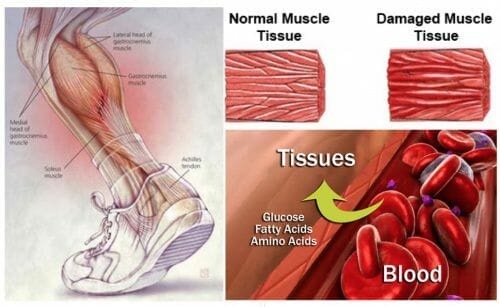


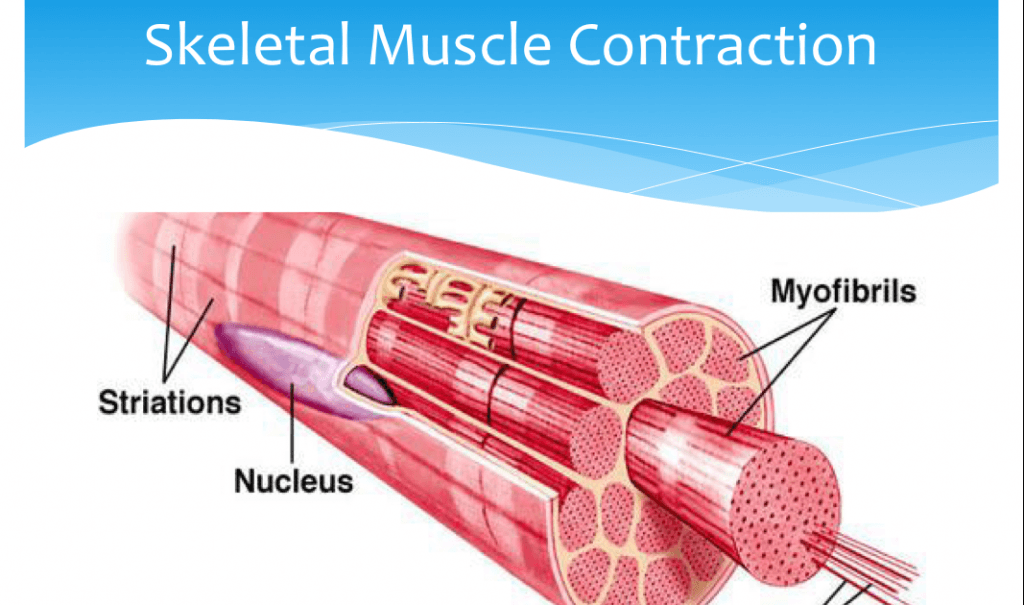
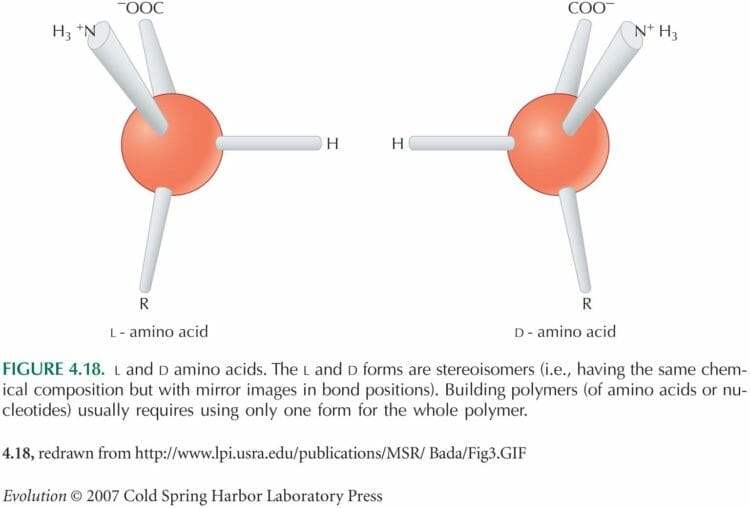
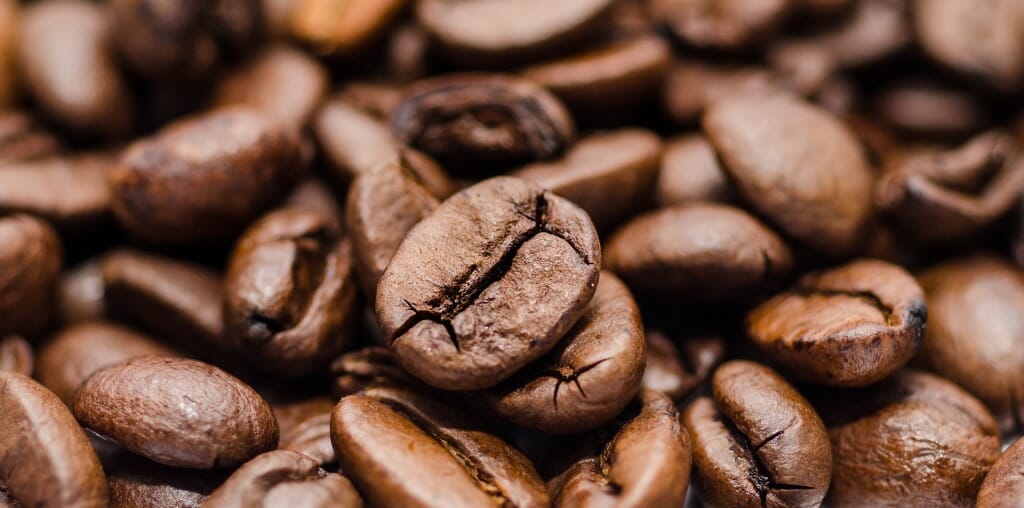
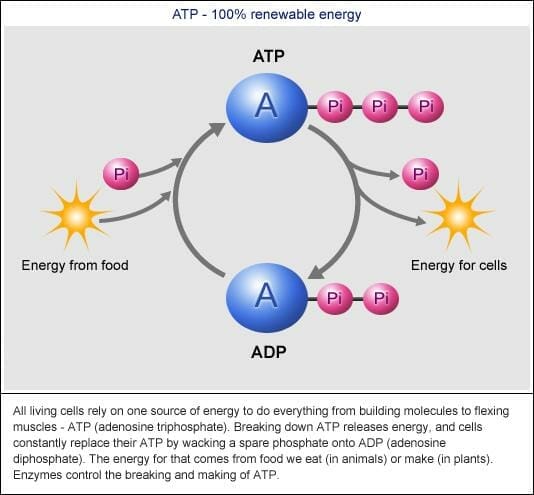
So whats a good preworkout drink ?
Hi Thomas!
See https://michaelkummer.com/health/fitness/pre-workouts/ for a round up of the products I used to use.
Cheers,
Michael
This was super helpful
Awesome man!